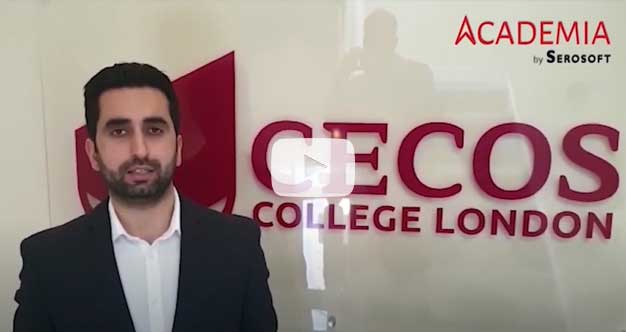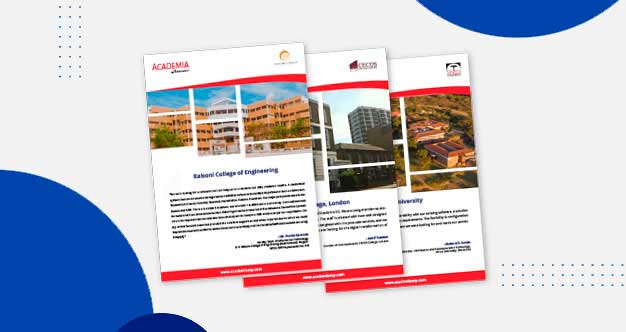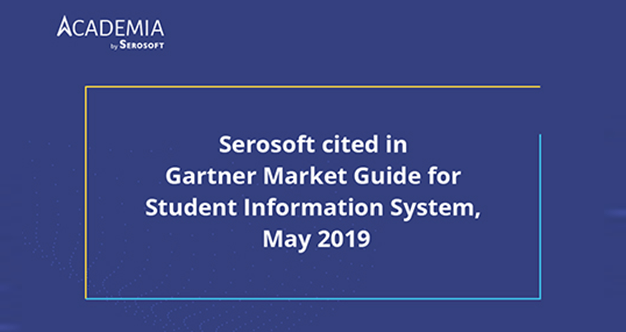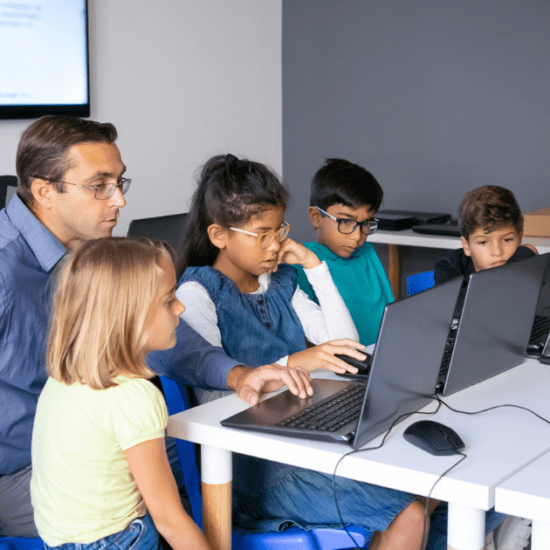7 Compelling Scenarios for Digital Transformation in Schools
Enhancing Education for the 21st Century
In today’s rapidly evolving digital landscape, educational institutions must continuously adapt to remain relevant and effective in meeting the needs of their students. Embracing digital transformation is not only a matter of staying current, but also a powerful way to enhance the learning experience, streamline administrative processes, and engage all stakeholders involved in the educational journey. In this blog post, we will explore seven compelling scenarios that showcase the potential of digital transformation in schools and demonstrate the tangible benefits that can be achieved through strategic implementation.
Scenario 1: Remote Learning
Situation: A school needs to accommodate students who cannot attend in-person classes due to health concerns, distance, or other factors.
Digital Transformation: Implement a comprehensive online learning platform with live streaming, recorded lessons, and interactive tools. This will allow students to access high-quality education from anywhere, promoting equity and inclusivity.
Scenario 2: Personalized Learning
Situation: Teachers are struggling to address the individual learning needs of a diverse student population, leading to disengagement and poor academic performance.
Digital Transformation: Integrate adaptive learning software and AI-driven tools that can analyze student performance and create personalized learning paths. This will help teachers provide targeted support, improve student outcomes, and better engage all learners.
Scenario 3: Real-Time Assessment and Feedback
Situation: The school’s current assessment methods are time-consuming, leading to delayed feedback for students and a heavy workload for teachers.
Digital Transformation: Implement digital assessment tools and learning analytics to streamline the evaluation process, providing immediate feedback to students and reducing the burden on teachers.
Scenario 4: Collaborative Learning
Situation: Students lack opportunities for collaboration and teamwork, leading to a less engaging learning environment.
Digital Transformation: Introduce digital platforms and tools, such as cloud-based document sharing and online discussion forums, that promote collaboration and facilitate group projects, fostering a sense of community and improving problem-solving skills.
Scenario 5: Parental Engagement
Situation: Parents are not actively engaged in their children’s education due to limited communication channels and access to information.
Digital Transformation: Develop a parent portal or mobile app that provides real-time updates on student progress, access to assignments and resources, and communication tools for direct contact with teachers and staff. This will enable parents to stay informed and actively support their children’s learning.
Scenario 6: Professional Development for Educators
Situation: Teachers lack access to ongoing professional development opportunities to stay current with educational best practices and new technologies.
Digital Transformation: Establish online learning and resource centers for professional development, offering webinars, training courses, and collaboration tools for teachers. This will enable educators to continuously improve their skills and stay current with evolving pedagogical approaches.
Scenario 7: Efficient School Administration
Situation: The school’s administrative processes, such as student enrollment, record-keeping, and resource allocation, are inefficient and time-consuming.
Digital Transformation: Implement an integrated school management system that automates administrative tasks, streamlines workflows, and centralizes data, leading to greater efficiency and reduced manual labor.
Conclusion:
Digital transformation holds great promise for revolutionizing the educational landscape, providing schools with innovative ways to overcome challenges and create a more inclusive, personalized, and efficient learning environment. By addressing the specific scenarios outlined in this blog post, schools can harness the power of technology to enrich the educational experience for students, support teachers’ professional growth, and improve communication among all stakeholders. As the world continues to embrace digital technologies, it is crucial for schools to evolve and adapt, ensuring that they are well-equipped to prepare students for the ever-changing demands of the 21st century.
Academia School Management System (SMS) is a cutting-edge solution designed to streamline various aspects of school operations and management. Our team of experts at Academia SMS is dedicated to helping you gain a deeper understanding of the numerous scenarios presented above, as well as many other potential applications. By scheduling a demo with us, you’ll have the opportunity to explore real-life cases and scenarios that demonstrate the effectiveness of our comprehensive school management system.
Don’t miss out on the chance to discover how Academia SMS can optimize the educational experience for students, teachers, and administrators alike. Reach out to us today and let our experts guide you through the exciting possibilities that await your institution with the implementation of our robust and user-friendly platform.
Related posts:
 Higher Ed Plans
Higher Ed Plans K12 Plans
K12 Plans










